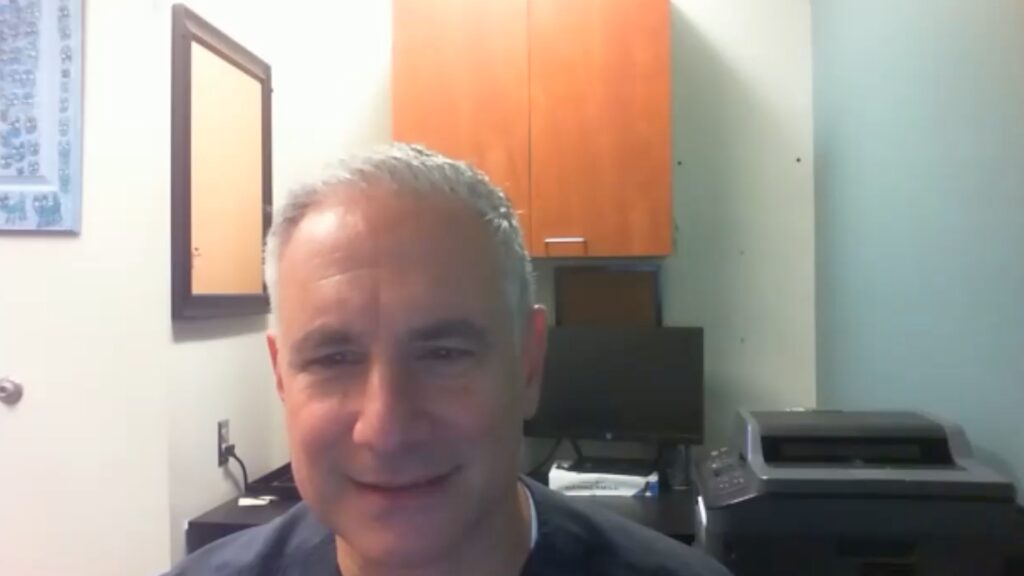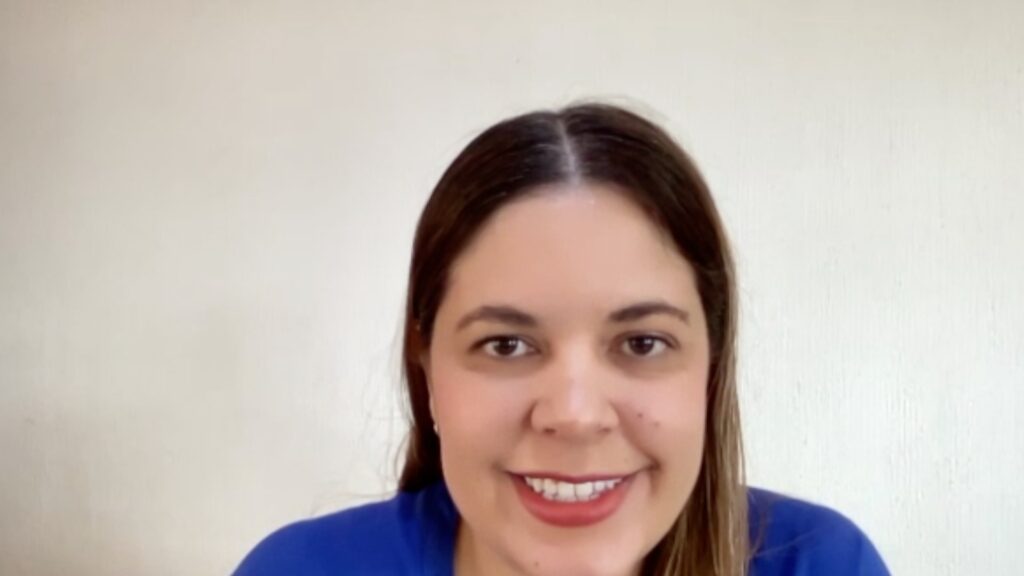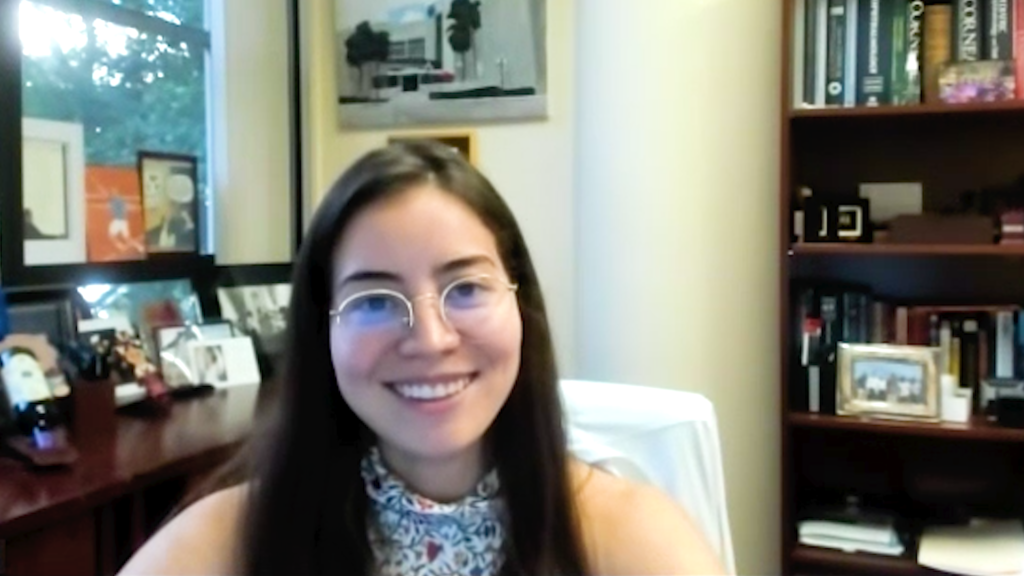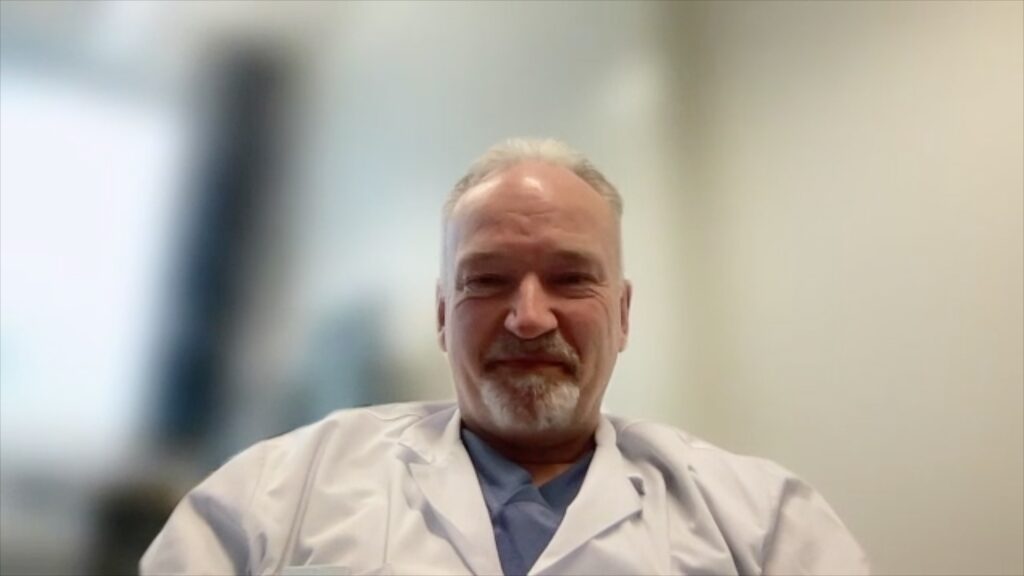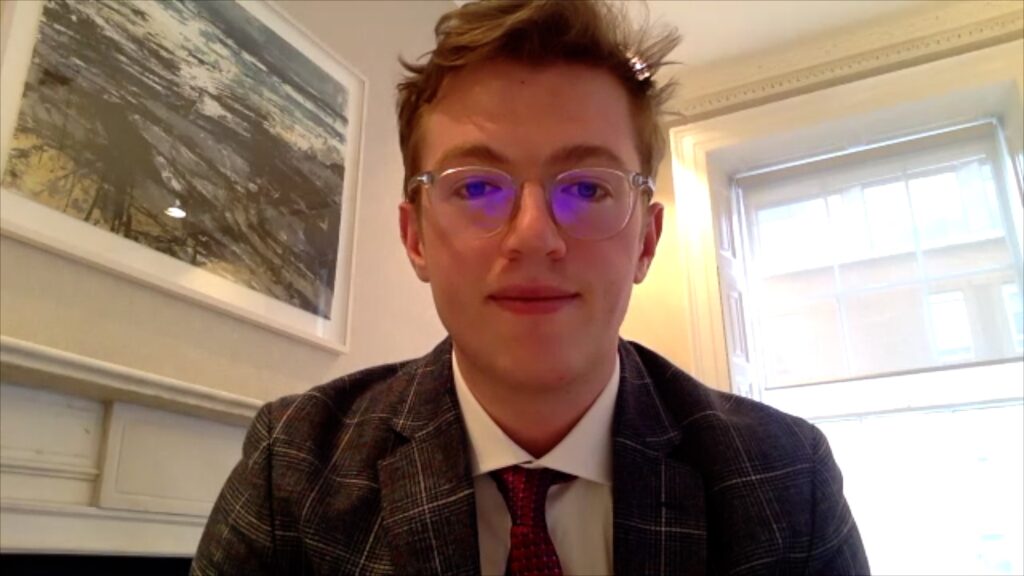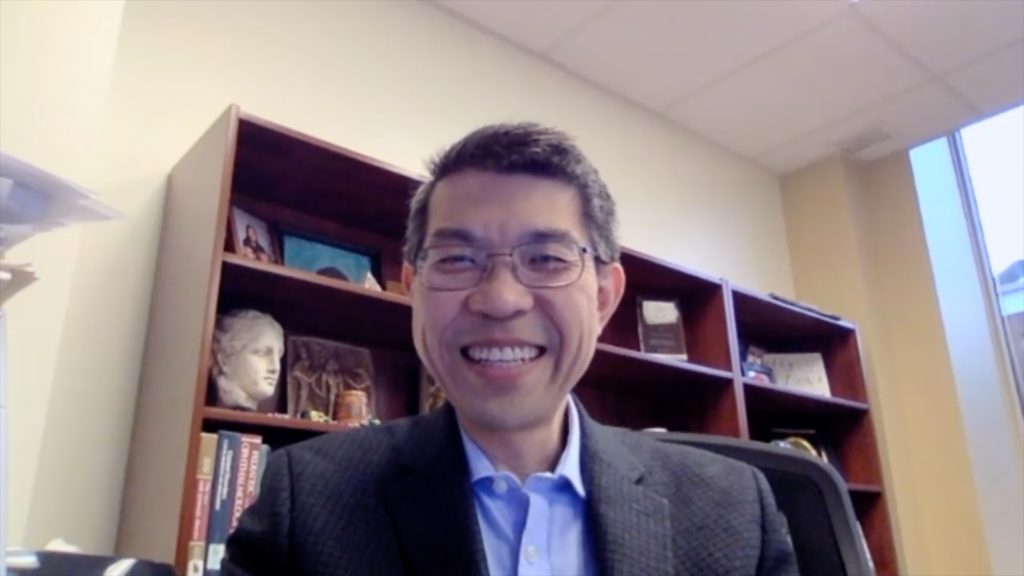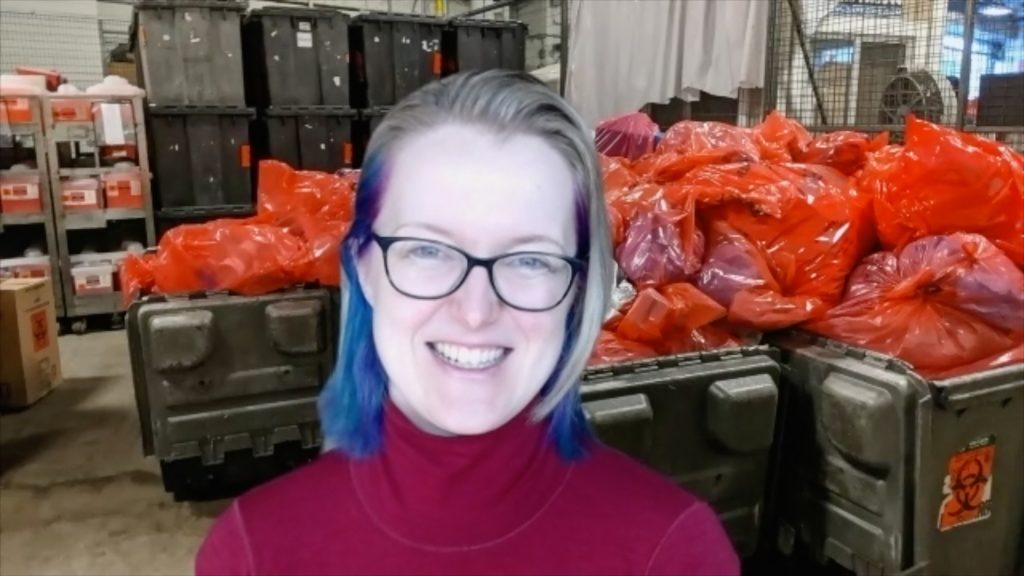We were delighted to speak with Dr John D Sheppard (Eastern Virginia Medical School, Norfolk, VA, USA) about his highlights from Hawaiian Eye and Retina 2023, and his views on the role of penetrating keratoplasty in the era of selective lamellar keratoplasty.
Questions:
- What have you gained most from attending the Hawaiian Eye meeting? (0:09)
- What do you consider the role of penetrating keratoplasty in the era of selective lamellar keratoplasty? (1:05)
The presentation entitled, Phaco and Keratopathy: Sequential or Combined Keratoplasty? was presented at the Hawaiian Eye and Retina 2023 meeting, 14–20 January, 2023.
Disclosures: John D Sheppard has no financial or non-financial relationships or activities to declare in relation to this interview.
Support: Interview and filming supported by Touch Medical Media. Interview conducted by Lisa Glass.
Filmed as a highlight of Hawaiian Eye and Retina 2023.
Hello I’m Dr. John Sheppard from Norfolk, Virginia.
What have you gained most from attending the Hawaiian Eye meeting? (0:09)
Well, I have to confess that what I gain most from so many of these meetings is the camaraderie and person to person updates, insights, hints, suggestions, nuances, all of those things that come from interpersonal relationships in the profession that have developed over many years. And we trust each other. We try to give each other great information and answer very specific individual questions about individual interventions or patients. It’s a lot of fun. Many times you don’t see your colleagues, but once or twice a year in a major meeting and the Hawaiian Eye pretty much takes the cake because it’s such a great time. It’s an amazing place that’s conducive to learning and interaction. And because so many of the smartest people in the profession regularly attend that meeting.
What do you consider the role of penetrating keratoplasty in the era of selective lamellar keratoplasty? (1:05)
That’s a very interesting question, because as we look at eye bank data, we find that lamellar keratoplasties are by far in the majority now, and penetrating keratoplasty is not only in the minority, but continuously decreasing over time in its relative frequency. Overall, despite the blip with the pandemic, the utilization of corneal allograft material continues to increase because of the excellence of the outcomes, because of improved eye banking and improved access for surgeons and patients to adequate donor material. And because the population is expanding and the population who have a way to get to a cornea specialist improves with time through government efforts, insurance efforts, charitable efforts, and the availability of an ever increasing cadre of surgeons with expertise in corneal transplant surgery. On the other hand, the burgeoning success of a wide variety of techniques from DSEK to DMEK to DALK allow us to specifically remove just a certain pathologic layer of the cornea while leaving the remainder intact. Obviously a full thickness scar with not only distortion, but disruption of both the anterior and posterior surface will do best with a penetrating keratoplasty. Non-axial scars in the periphery may do well without a penetrating keratoplasty or any type of corneal surgery and simply a cataract extraction with the appropriately designed lens, usually an aspherical lens will make the patient seem much better and obviate any type of keratoplasty in selected patients with peripheral pathology and reasonable expectations. When the patient has anterior pathology, a DALK is excellent. This can become the treatment of choice for many keratoconus patients, thus preserving the endothelium and markedly reducing the risk of rejection. On the other hand, patients who have posterior pathology, endothelial dystrophy, most commonly Fuchs or pseudophakic bullous keratopathy clearly do not need to have the stroma and the anterior portions of their lens and/or their transplant and their cornea replaced. So we are able to do an endothelial procedure, either a DSEK or a DALK, or in the future very soon a cultured endothelial cell transplant, which is yet another advance we highly anticipate.
Subtitles and transcript were auto-generated.





